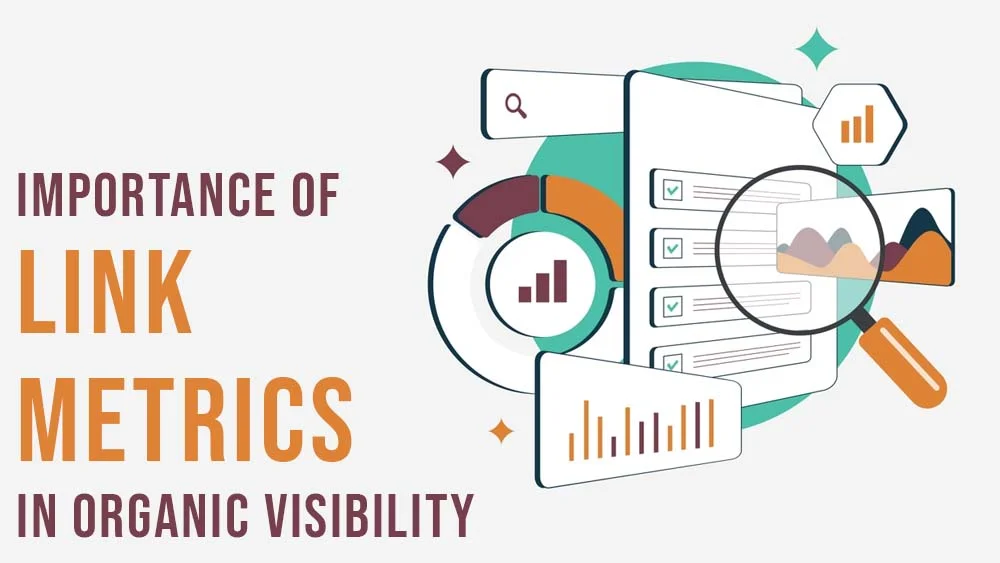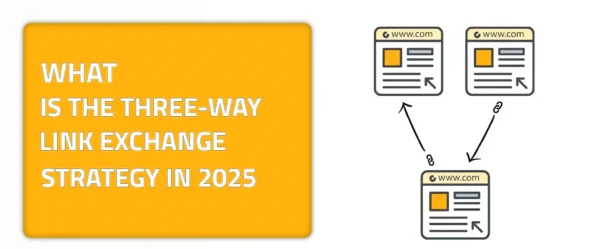The landscape of SEO is always evolving. It’s like life as we know it. Understanding link metrics and how they best represent organic visibility. Link metrics provide valuable insights into a website’s authority, credibility, and overall performance in search engine rankings. However, with that variety of metrics available, understanding the most effective ones can be a bit challenging. From Domain Authority (DA) and Page Authority (PA) to Trust Flow (TF) and Domain Rating (DR), each metric offers unique perspectives on a site’s link profile. Don’t worry, though, I won’t leave you stranded with such varied choices and definitions. In this guide, we will delve into the details of these metrics.
Additionally, we will delve into some examples and opinions regarding which link metric is better for your organic visibility. You will get to understand which represents organic visibility best and know which to choose for your website. It doesn’t matter if you’re an SEO expert or want to be one and get familiar with the whole concept. This guide is simply for everyone. Understanding these metrics is the key to helping you significantly enhance your strategic approach, which will help you drive better results and improve your visibility. Join me as I explore the critical role of link metrics in achieving SEO success.
What is Organic Visibility? A Quick Overview

Organic visibility refers to the presence and prominence of a website in search engine results pages (SERPs) without paid advertising. It’s essentially how often and highly your site appears when users search for relevant keywords. Organic visibility is crucial because it drives traffic to your site naturally, without the ongoing costs of paid ads. High organic visibility means more eyes on your content, more clicks, and ultimately more conversions. Several key factors influence organic visibility. First, the quality of your content plays a pivotal role; search engines prioritize informative, engaging, and relevant content.
Second, backlinks from authoritative sites signal trust and relevance, boosting your site’s credibility. Third, user experience elements like site speed, mobile friendliness, and intuitive navigation are vital, as they directly affect how search engines and users perceive your site. Lastly, keyword optimization ensures your content aligns with what users are searching for. Understanding and optimizing these factors can significantly enhance your organic visibility, making your site a go-to resource in your niche.
Common Link Metrics Explained
Understanding common link metrics is essential for evaluating a website’s performance and potential in organic search rankings. Here’s a look at some of the most widely used metrics:
- Moz created Domain Authority (DA), which predicts how well a website will rank on search engine result pages (SERPs) based on its link profile.
- Page Authority (PA): Also from Moz, PA measures the likelihood of a single page ranking well in SERPs.
- Majestic created Trust Flow (TF) and Citation Flow (CF), which measure the quantity and quality of links pointing to a site, respectively.
Top Tools to Use for Link Metrics: Moz’s Spam Score
Moz’s Spam Score is a link metric designed to identify potentially harmful or spammy links pointing to your website. Spam Score assigns a score from 0 to 17, indicating the likelihood of a site receiving a penalty from search engines, by analyzing a variety of signals, such as low domain diversity, a high link-to-domain ratio, and the presence of penalized sites.
A higher score suggests a greater risk, prompting SEO professionals to take preventive measures. This metric is invaluable for maintaining a healthy link profile and protecting your site from potential penalties. Regular monitoring of Spam Score helps you identify and disavow harmful backlinks, ensuring your site remains in good standing with search engines.
Top Link Metrics: Ahrefs’ Domain Rating (DR)
Ahrefs’ Domain Rating (DR) is a powerful metric that measures the strength of a website’s backlink profile on a scale from 0 to 100. It is calculated based on the number and quality of external links pointing to the domain. Search engines perceive websites with higher DRs as being more authoritative, which can improve their organic search rankings.
Ahrefs’ DR is particularly useful for evaluating the potential impact of acquiring a backlink from a particular site, making it a favorite among SEO professionals for link-building strategies. This metric also allows for competitive analysis, helping you understand where your site stands in comparison to others in your industry.
Top Link Metrics: SEMrush Authority Score
SEMrush Authority Score is a comprehensive metric that evaluates the overall quality and SEO performance of a domain. It combines several factors, including backlink data, organic search traffic, and website health, to provide a score from 0 to 100. This holistic approach makes the SEMrush Authority Score a reliable indicator of a website’s authority and its potential to rank well in search engines.
The score is particularly valuable for identifying high-quality link opportunities and assessing the competitive landscape. It helps SEO professionals prioritize their link-building efforts by targeting sites with higher authority scores, ensuring more impactful results. Additionally, SEMrush’s detailed insights into backlink profiles, keyword rankings, and site health make it a versatile tool for comprehensive SEO analysis.
Which Link Metric Best Represents Organic Visibility?
Which link metric best represents organic visibility? To answer this, let’s analyze some of the most widely used metrics. Domain Authority (DA) and Page Authority (PA) by Moz are popular, but do they accurately reflect organic visibility? DA evaluates the overall authority of a domain based on its link profile, while PA focuses on individual pages. High-authority backlinks that don’t necessarily drive organic traffic can occasionally skew these metrics, despite their value.
Trust Flow (TF) and Citation Flow (CF) by Majestic offer a different perspective by emphasizing the quality and quantity of backlinks, but do they account for content relevance and user engagement? Similarly, Ahrefs’ Domain Rating (DR) and SEMrush’s Authority Score incorporate various factors, including backlink profiles and organic traffic data, providing a more holistic view.
What do experts say? Many SEO professionals argue that no single metric can capture the full picture of organic visibility. Instead, a combination of metrics provides the most accurate assessment. For instance, Ahrefs’ DR is praised for its comprehensive approach, while Moz’s DA is valued for its simplicity and broad usage.
So, which metric is the most reliable? The consensus is that while each metric has its strengths, relying on multiple metrics offers the best insight. Combining DA, DR, and Trust Flow can give a balanced view of a site’s organic visibility, allowing for more informed SEO strategies.
Wrapping It Up!
Link metrics are an essential factor that sums up the health of your links. It is crucial that you understand their importance and benefits in order to ensure that you have a strong backlink profile. If you wish to delve deeper into the world of SEO and how it benefits your website, head over to linkexchange.ai and dive into a realm of endless opportunities.









